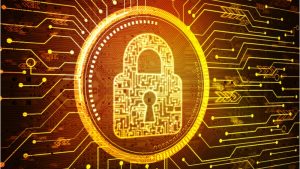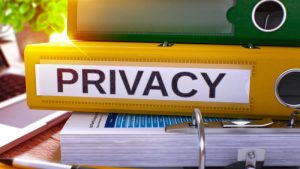Security analysts in the education sector must contend with evolving cybersecurity threats despite limited resources. MeriTalk recently sat down with Helen Patton, cybersecurity executive advisor for education at Cisco, to discuss how an open, collaborative approach to threat detection and response can help streamline processes for overburdened security teams.
The U.S. Department of Education, in coordination with the Cybersecurity and Infrastructure Security Agency (CISA), officially launched the Government Coordinating Council (GCC) for the Education Facilities Subsector on March 28 to better support K-12 cybersecurity efforts.
The University of Dayton Center for Cybersecurity and Data Intelligence is using nearly $200,000 in grant funding to help prepare schoolchildren against cyber risks, equip police to investigate the dark web, and train the cybersecurity workforce.
Ohio Gov. Mike DeWine has launched the ReadOhio initiative, a statewide effort to encourage improved literacy skills for all ages, including the implementation of curriculum aligned with the science of reading in k-12 schools.
In a bid to stay ahead of the growing deployment of AI tools in education, Ohio has released an AI Toolkit for Ohio’s K-12 school districts.
A new report from the nonprofit Internet Safety Labs (ISL) finds significant disparities in K-12 school technology practices that impact privacy, especially in low-income schools and schools with majority black or indigenous students.
Through a public-private partnership, New York state is using $4 million in funding to develop an Advanced Technology Framework based on foundational and technical skills needed for a successful career in the semiconductor industry.
The Federal Communications Commission (FCC) on Nov. 13 proposed to create a Schools and Libraries Cybersecurity Pilot Program in order to better protect K-12 schools from cyberattacks and threats to their infrastructure.
The Cybersecurity and Infrastructure Agency (CISA) has announced on Sept. 5 a “voluntary pledge” for K-12 education technology software developers and manufacturers to commit to creating products with a greater emphasis on cybersecurity built in.
New Hampshire cybersecurity and education experts told Sen. Maggie Hassan, D-N.H., this week that more resources are needed in order to protect K-12 schools from cyberattacks.









